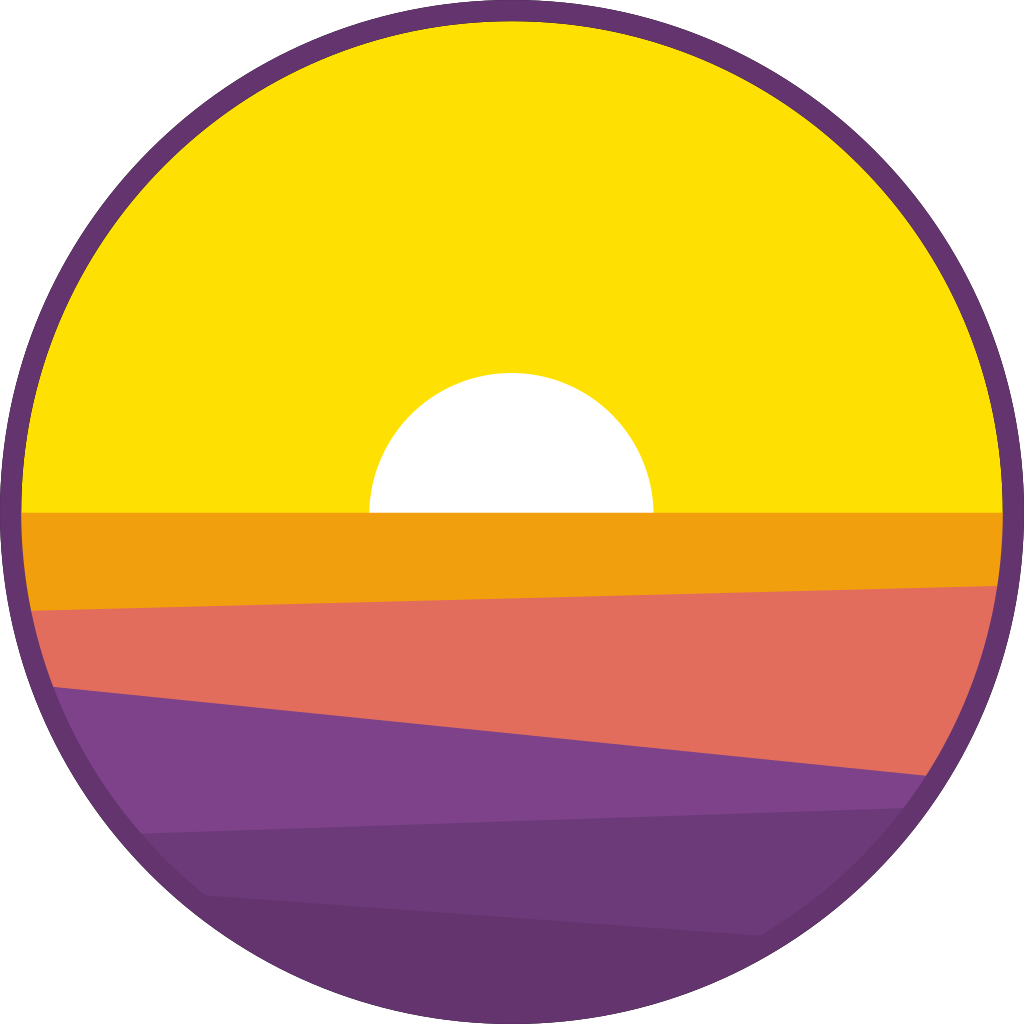
A very small library to build modern HTML5 desktop apps in Go. It uses Chrome browser as a UI layer. Unlike Electron it doesn't bundle Chrome into the app package, but rather reuses the one that is already installed. Lorca establishes a connection to the browser window and allows calling Go code from the UI and manipulating UI from Go in a seamless manner.
- Pure Go library (no cgo) with a very simple API
- Small application size (normally 5-10MB)
- Best from the two worlds - the whole power of HTML/CSS to make your UI look good, combined with Go performance and ease of development
- Expose Go functions/methods and call them from JavaScript
- Call arbitrary JavaScript code from Go
- Asynchronous flow between UI and main app for both languages (async/await and Goroutines)
- Supports loading web UI from the local web server or via data URL
- Supports embedding all assets into a single binary
- Supports testing your app with the UI in the headless mode
- Supports multiple app windows
- Supports packaging and branding (e.g. custom app icons). Packaging for all three OS can be done on a single machine using GOOS and GOARCH variables.
Also, limitations by design:
- Requires Chrome/Chromium >= 70 to be installed.
- No control over the Chrome window yet (e.g. you can't remove border, make it transparent, control position or size).
- No window menu (tray menus and native OS dialogs are still possible via 3rd-party libraries)
If you want to have more control of the browser window - consider using webview library with a similar API, so migration would be smooth.
ui, _ := lorca.New("", "", 480, 320)
defer ui.Close()
// Bind Go function to be available in JS. Go function may be long-running and
// blocking - in JS it's represented with a Promise.
ui.Bind("add", func(a, b int) int { return a + b })
// Call JS function from Go. Functions may be asynchronous, i.e. return promises
n := ui.Eval(`Math.random()`).Float()
fmt.Println(n)
// Call JS that calls Go and so on and so on...
m := ui.Eval(`add(2, 3)`).Int()
fmt.Println(m)
// Wait for the browser window to be closed
<-ui.Done()Also, see an example for more details about embedding assets and packaging binaries.
There is kind of a legend, that before his execution Garcia Lorca have seen a sunrise over the heads of the soldiers and he said "And yet, the sun rises...". Probably it was the beginning of a poem. (J. Brodsky)
Lorca is an anagram of Carlo, a project with a similar goal for Node.js.
Code is distributed under MIT license, feel free to use it in your proprietary projects as well.